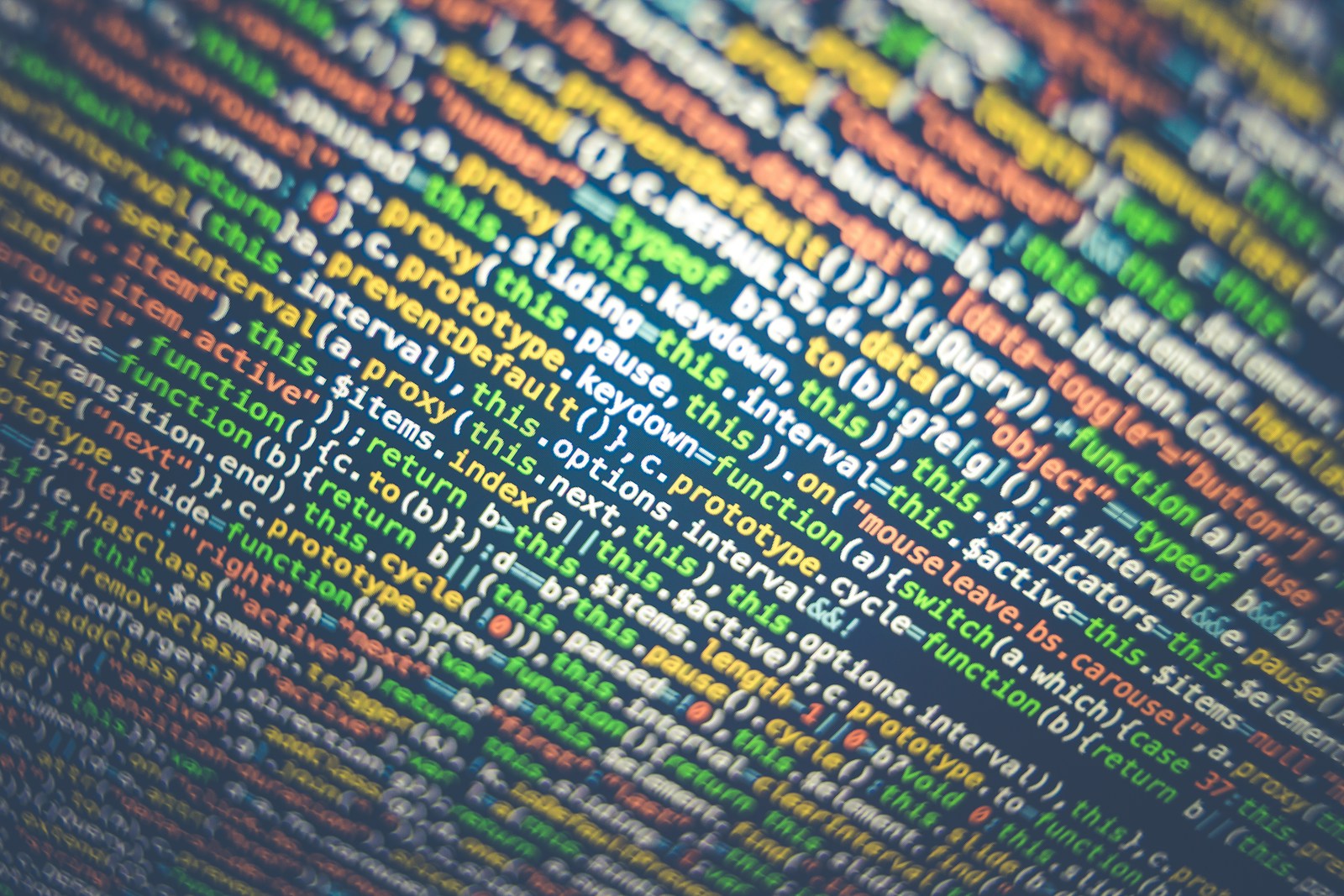Category: Free Reading
-

What is Feature Engineering in Data Analysis?
Introduction Feature engineering is an essential step in the data analysis and machine learning process. It involves creating new input features from existing raw data to improve the performance of predictive models. This step is critical because well-crafted features can lead to more accurate and efficient models. Why is Feature Engineering Important? Key Steps in…
-

Understanding Machine Learning Concepts: Supervised Learning (Regression and Classification)
Introduction Machine learning (ML) is a field of artificial intelligence (AI) that allows systems to learn from data and improve from experience without being explicitly programmed. Among the various types of ML, supervised learning is one of the most commonly used. In this guide, we will break down what supervised learning is, focusing on regression…
-

Machine Learning Concepts:Unsupervised Learning (Clustering, Dimensionality Reduction)
Introduction Unsupervised learning is a subset of machine learning where the algorithm is trained on data without any labeled outputs. Unlike supervised learning, where the algorithm learns from input-output pairs to make predictions or classifications, unsupervised learning works by finding hidden patterns or intrinsic structures in the input data. Here, we will discuss two main…
-

-

Algorithmic Trading Strategies: Mean Reversion Explained
Introduction Mean reversion is a popular algorithmic trading strategy used by traders and quantitative analysts. This strategy is based on the statistical concept that asset prices and returns eventually revert to their long-term average or mean. Let’s break down what this means, how it works, and how it’s applied in the financial markets. What is…
-

Algorithmic Trading Strategies: Momentum
Introduction Momentum trading is a popular strategy in the realm of algorithmic trading, where traders seek to capitalize on the continuing trends of asset prices. By employing computer algorithms, this strategy can be automated to analyze massive datasets, make fast decisions, and execute trades efficiently. Here’s an in-depth explanation: What is Momentum Trading? Momentum trading…
-

Algorithmic Trading Strategies: Pairs Trading Explained
Introduction Pairs trading is a market-neutral trading strategy used in algorithmic trading, and it’s based on the concept of trading two related stocks simultaneously to capitalize on their price discrepancies. Here’s a detailed breakdown of what pairs trading entails, how it works, and why it’s popular among algorithmic traders: Understanding Pairs Trading Pairs trading involves…
-

Algorithmic Trading Strategies: Statistical Arbitrage Explained
Introduction Statistical arbitrage, often called “stat arb,” is a sophisticated algorithmic trading strategy that leverages quantitative techniques to identify and exploit price inefficiencies between related financial instruments. Here’s an in-depth look at how it works, its components, and how traders use it to generate profit. Definition of Statistical Arbitrage Statistical arbitrage is a market-neutral strategy…
-

Algorithmic Trading Strategies:High-frequency trading (HFT)
Introduction High-frequency trading (HFT) is a type of algorithmic trading that uses powerful computer programs to execute a large number of orders in extremely short time frames, often in milliseconds or microseconds. HFT has transformed the landscape of financial markets by making them faster and more liquid, but it also comes with its own set…
-

Backtesting and Optimization:Backtesting frameworks
Backtesting and optimization are critical processes in developing and validating trading strategies. Here’s a detailed explanation of both concepts, with an emphasis on backtesting frameworks. Backtesting Explained Backtesting is the process of testing a trading strategy using historical data to assess how it would have performed in the past. This practice is essential for traders…
